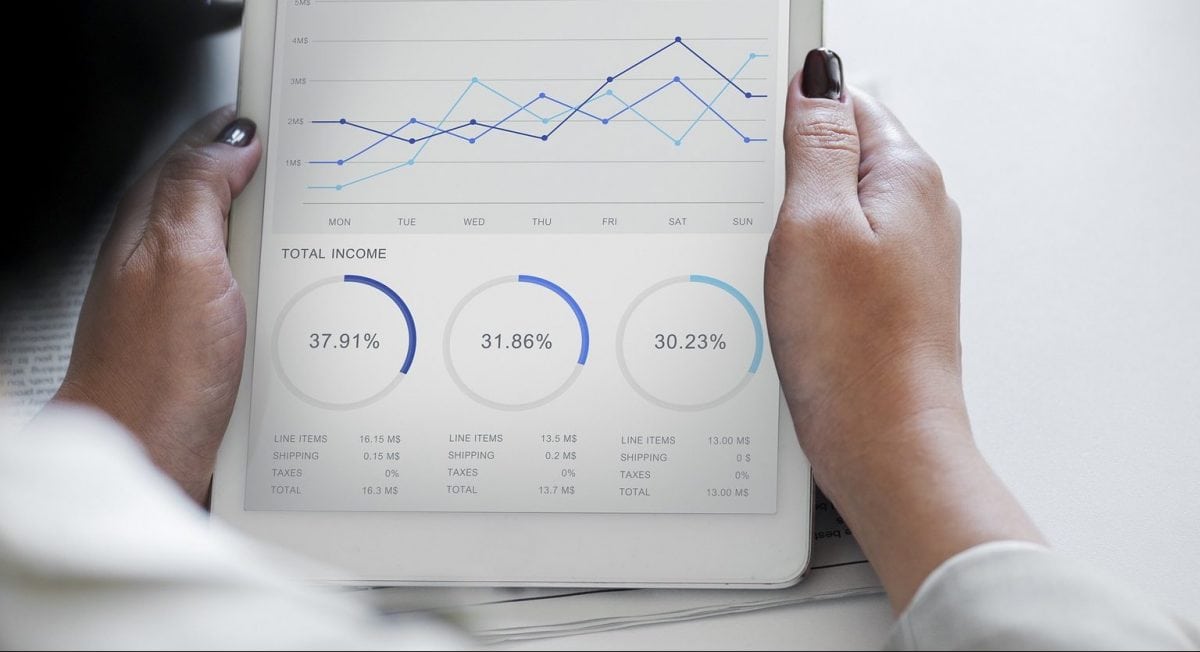
The Integrated Annual Report, a Tool for Creating Value in Business
Have you ever heard of an integrated annual report? This trend is linked to the recommendation guide published by the National Securities Market Commission in 2013, which encourages businesses to include other sorts of practices in the annual strategic and financial report, such as environmental efforts, innovation, or ideas related to human resources and social factors.
15 of July of 2019
In November 2017, Spain implemented a new European law, the “Law on Disclosing Non-financial Information and Diversity,” which requires certain companies to report non-financial information.
During 2018, Spain decided to go a step further in this direction, and in December 2018, December 28 to be precise, the new Law 11/2018 on non-financial information and diversity went into effect one day after that. With this legislative change, Spain began its transformation into a European leader with respect to disclosing non-financial information and diversity.
Ferrovial previously published its first Integrated Annual Report in 2015, as it is considered to be a fantastic tool to reflect on how the company creates value.
What other advantages does writing this report offer?

First, the goal of publishing and sharing it is to communicate all of the business’s relevant documentation and commitments with investors and other interest groups or stakeholders so that they can have a full picture of the organization. There is currently a lot of information out there, and publishing just one report that combines questions from various interest groups facilitates and simplifies market analysis of the company.
Continuing in this line, who are stakeholders? They are interest groups or individuals who may be affected, either positively or negatively, and they themselves may affect the company’s economic activity:
- Internal stakeholders: owners, workers, or shareholders.
- External stakeholders: clients, providers, competition, the media, public administration, or society.
Nowadays, it is very important for the company to report on key factors that could affect the business’s sustainability, its economic activity, and its international recognition.
As such, in accordance with the International Integrated Reporting Committee (IIRC) it is vital that the integrated annual report is “the results of a reflection process where the objective is showing the relationship between strategy, governance, and financial performance, with the social, economic, and environmental surroundings in which the organization operates.” In fact, this same organization has declared best practices in this regard to be those of Ferrovial, Iberdrola, and Indra.
At this point, you may be asking yourself, “What is included on the report? What are its main characteristics?” It is a tool for improving business management by providing greater systematic knowledge that includes financial and non-financial information regarding stocks, results, risks, and opportunities in financial, as well as environmental and social, terms.
Every integrated annual report should include the strategic focus, as well as content related to the business’s value creation in its general vision in the long and short term, the business model, the sphere in which it operates, threats and opportunities, strategic objectives, and corporate governance relations.
Did you know it can also help build connections between different interest groups? One of the central purposes of the report is improving dialogue and trust between all parties. Despite that, it should not be very long, and it can provide access to additional resources.

Value creation for the future
With all of this in mind, what objectives do you think publishing this report fulfills?
- Creating added value for the company in the long-term
- Searching for quality in information
- Preparing a coherent, efficient document
- Transparency and accountability
- Promoting integrated thinking within the business itself to improve decision-making
- Seeking innovation
In conclusion, the era of most companies only publishing financial information or other types of obligatory reporting is over. Today, companies are aware of the fact that there are other interest groups they are accountable to besides shareholders.





There are no comments yet